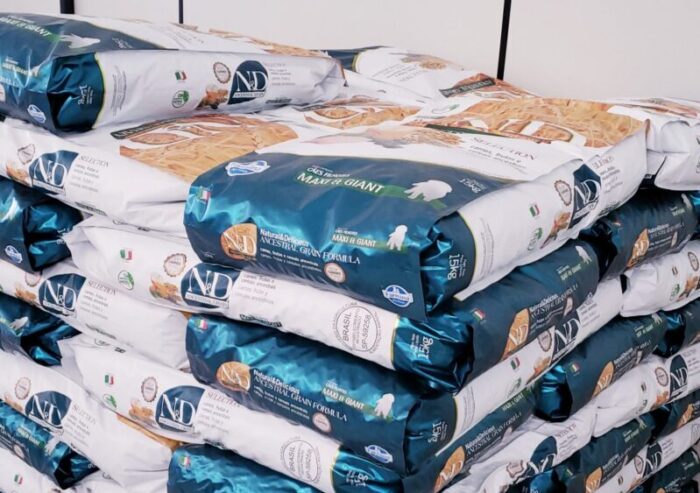How the Pandemic Changed Wholesale Distribution
The pandemic sparked changes to the wholesale business that are continuing to be felt as the nation deals with record inflation, changing consumer patterns and supply chain disruption. Today we take a look at some of the major shifts, and the players who are poised to make the most of the new trends shaping the industry.
Wholesale forced to adopt new habits
Wholesale is an industry as a whole that is famously resistance to change and adaptation. Sales professionals in wholesale are used to visiting their accounts face-to-face. When the pandemic hit, all of that was upended. Reps had no choice but to adapt to digital channels and remote appointments. What’s more, automation and AI appeared to hold the key to better and more efficient wholesale buying and selling.
Wholesale distribution changed rapidly during the pandemic for several reasons:
- In some sectors, patterns of consumption changed virtually overnight: instead of suits or formalwear, people wanted athleisure, restaurants were closing and people were eating at home, while people wanting to work out at home drove up the demand for Peloton bikes.
- The supply chain — inflexible during the best of times — began to buckle under fluctuating demand.
- Wholesale sales professionals needed to scramble to meet with their clients virtually.
Creativity in Wholesale Brings Rewards
Wholesale is a famously inflexible business. The winners came up with ideas to cope with fluctuating patterns of demand as well as supply (as supply chain disruptions and border closing affected their access to needed products).
Adapting to New Sales Procedures
Sales professionals in wholesale have adapted in droves to a new way of doing business that includes less face-to-face interaction and more usage of digital options such as Zoom and other forms of video conferencing. According to McKinsey’s data, income from video-related interactions in B2B sales has jumped by 69% since April of 2020. In the survey,
New Willingness to Use Self-Service Options
Wholesale buyers are now more comfortable making major orders over fully digital channels. A survey by McKinsey found that fully 70% of B2B decision makers are open to making new, fully self-service purchases in excess of $50,000 and 27% would consider making a purchase of $500,000 or more.
Digital Skills All the More Important
Those in wholesale sales who begin to use digital tools soon find there is lots of worthwhile intelligence to harvest that can make their sales process more effective. During the pandemic, we wrote about professionals turning to tools like LinkedIn’s Sales Navigator to get a full picture of a target customer’s needs, motivations and pain points.
Doing so requires a shift in mindset: recognizing that your buyers are more online, and that you should be online, educating yourself on what your buyers are posting, what they are concerned about and how you can answer those questions.
Automation and AI in wholesale sales are other major trends pushing the transformation of wholesale distribution.
Let Us Help You Connect to Qualified Wholesale Specialists
We can help you find a wholesale specialist with the skills to help you succeed in a changing economy. Contact us for more information and to set up a call.



